If you have any comments, corrections, or additional material, please sent them along.  |
||
|
One of my Favorite radios RCA MI-8751 P/O SCR-288 The Swedish Set 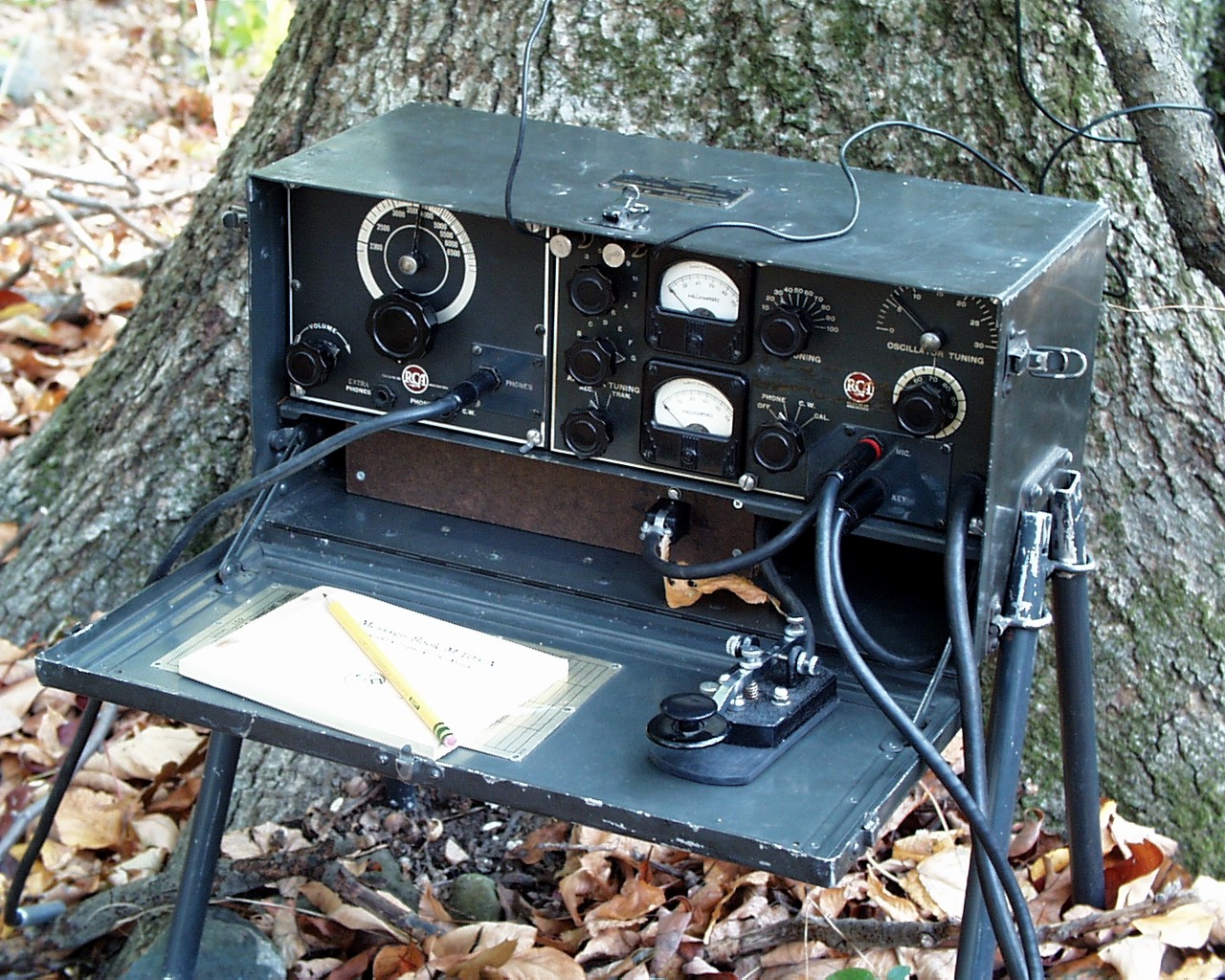 N3FRQ Collection
|
||
| RCA MI-8751 Transmitter Receiver - Part of SCR-288 Transmit Frequency Range; 3500-6300 KHz Receive Frequency Range: 2300-6500 KHz Power Output: 4 Watts, AM or CW In the lead up to WWII, it became clear to the U.S. Army Signal Corps that the existing low-power portable HF transmitter-receivers, based on 1920's technology, would not be adequate for modern requirements. They commissioned a new set, the SCR-284, but it's development was lagging badly. It came to their attention, that RCA had a radio in production for the Swedish military that could serve as a stop gap. The RCA set was designated SCR-288, and orders were place. The early SCR-288's were delivered with the MI-9751 Radio Receiver & Transmitter. (MI indicates an RCA Master Item number, an internal standard.) Later deliveries included the cleaned up and ruggedized BC-474 receiver-transmitter. The MI-8751 became known as the Swedish set.
QUOTE: Change
kept altering the procurement outlook as much as delay. Orders for
3,855 of the SCR-131's, 161's, and 171's which had been "critical" in
June simply because nothing else was ready were canceled late in the
year in favor of SCR-288's. This was the set which the Swedish
Government had ordered; the manufacturer was tooled up for it; and
until production could begin on the new American sets which were due to
replace the old series, it made an acceptable stopgap. Accordingly, END QUOTE: (FY 1941) (1 July 1949 - 30 June 1941) From: U.S. Army in World War II, The technical Services, The Signal Corps: The Emergency. p248
The "Green Books"
The
Rmergency: https://history.army.mil/html/books/010/10-16/CMH_Pub_10-16-1.pdf The Test: https://history.army.mil/banner_images/focus/150th_signal_corps/the_test.pdf The Outcome: https://history.army.mil/banner_images/focus/150th_signal_corps/the_outcome.pdf
Earliest pictures of SCR-288 - Ft. Monmouth July 1940. |
||
 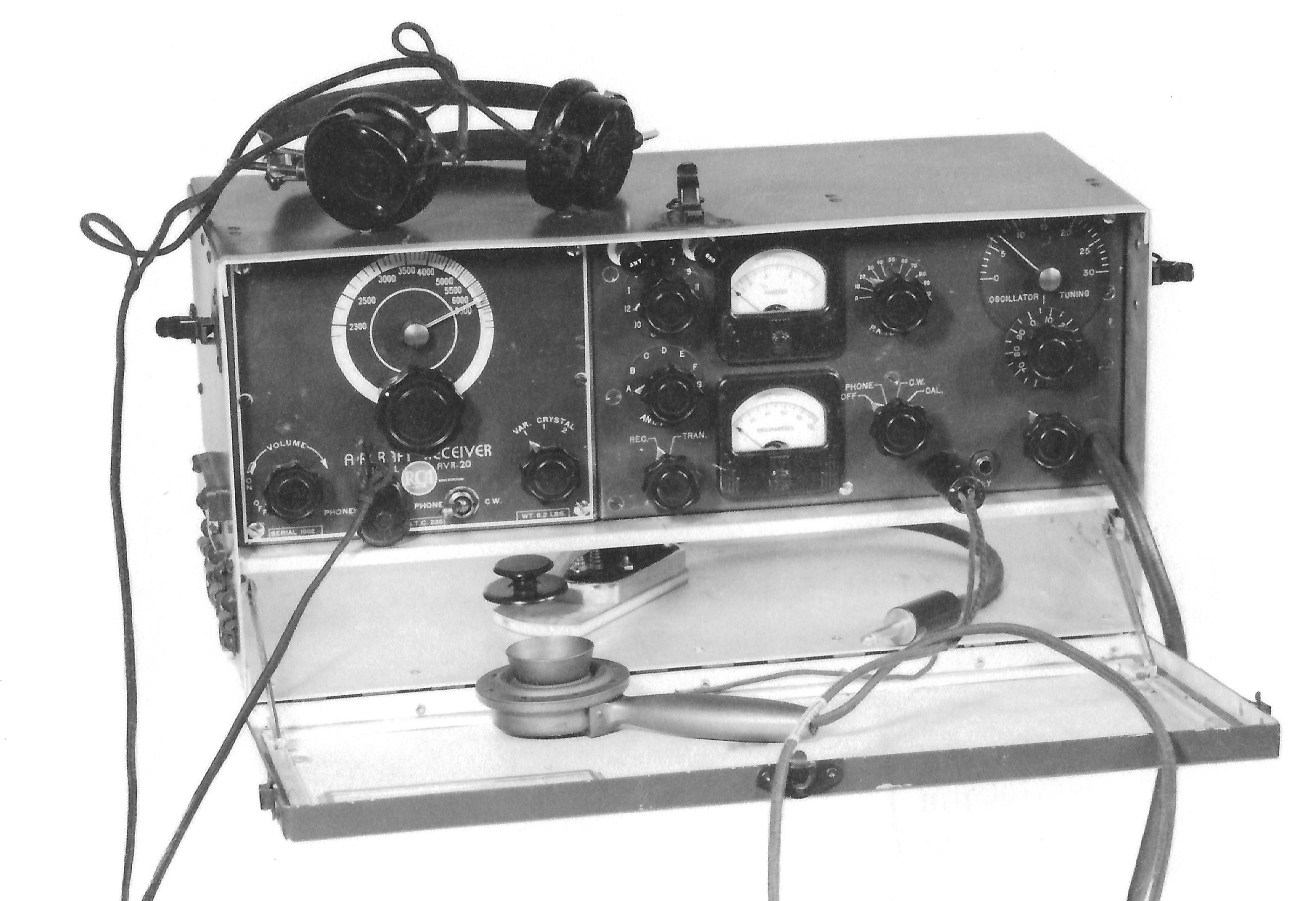 Note that there is only one phone jack on the receiver, and only one cable coming out of the transmitter. The front panel says AVR-xxx Receiver, and the receiver apparently has two crystal control positions. The whole set is strikingly similar the the AVR-21 aviation radio shown below. 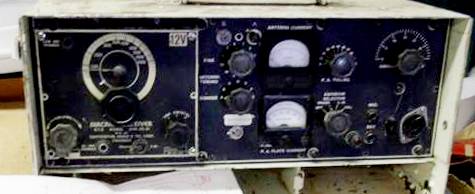 RCA AVR-21 aviation radio
|
||
|
"Production" MI-8751 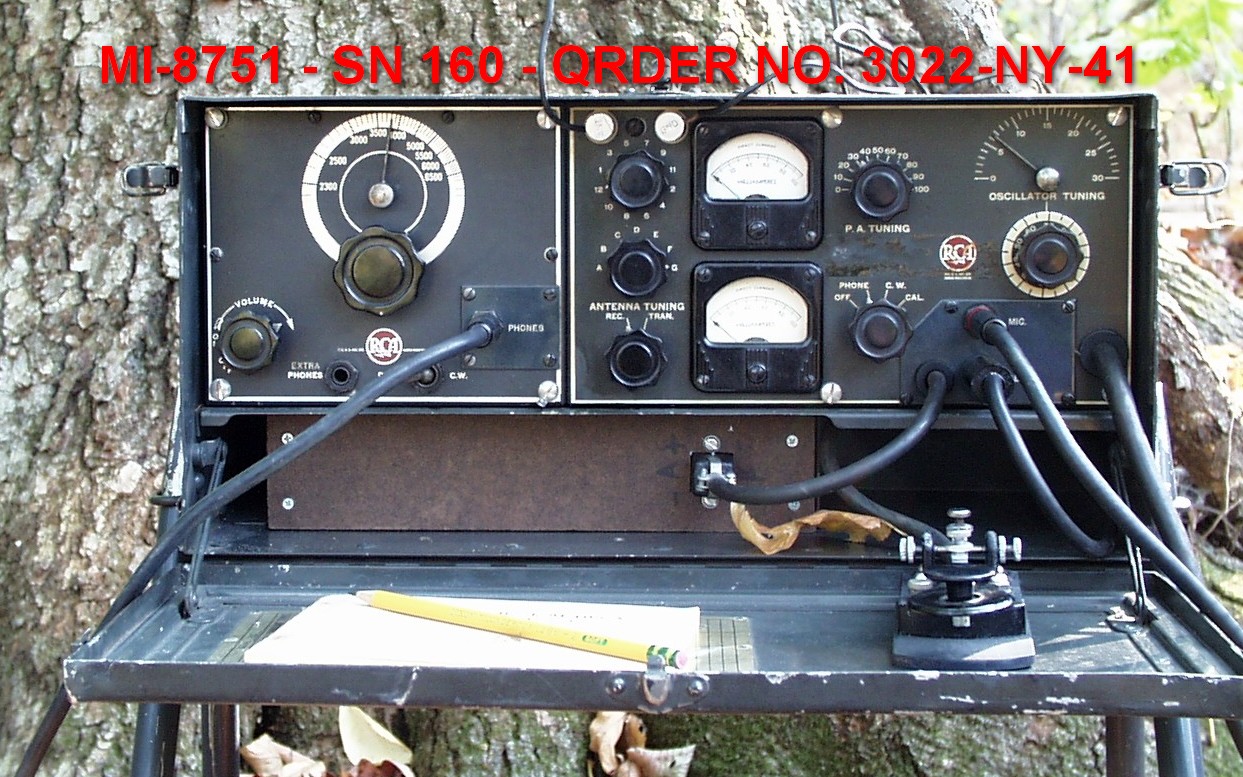 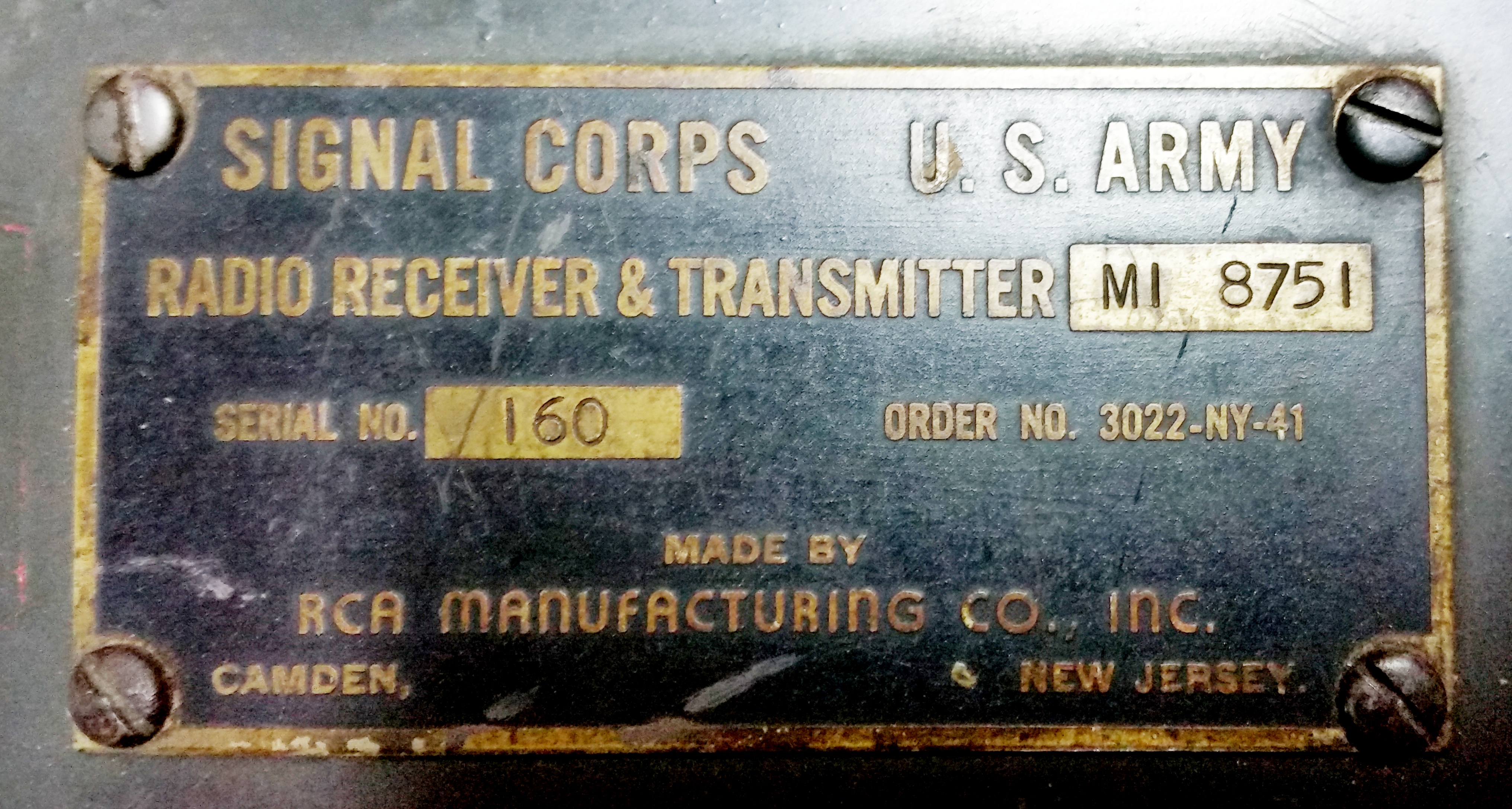
|
||
|
BC-474 p/o SCR-288 K4CHE photo
|
||
|
DOCUMENTS
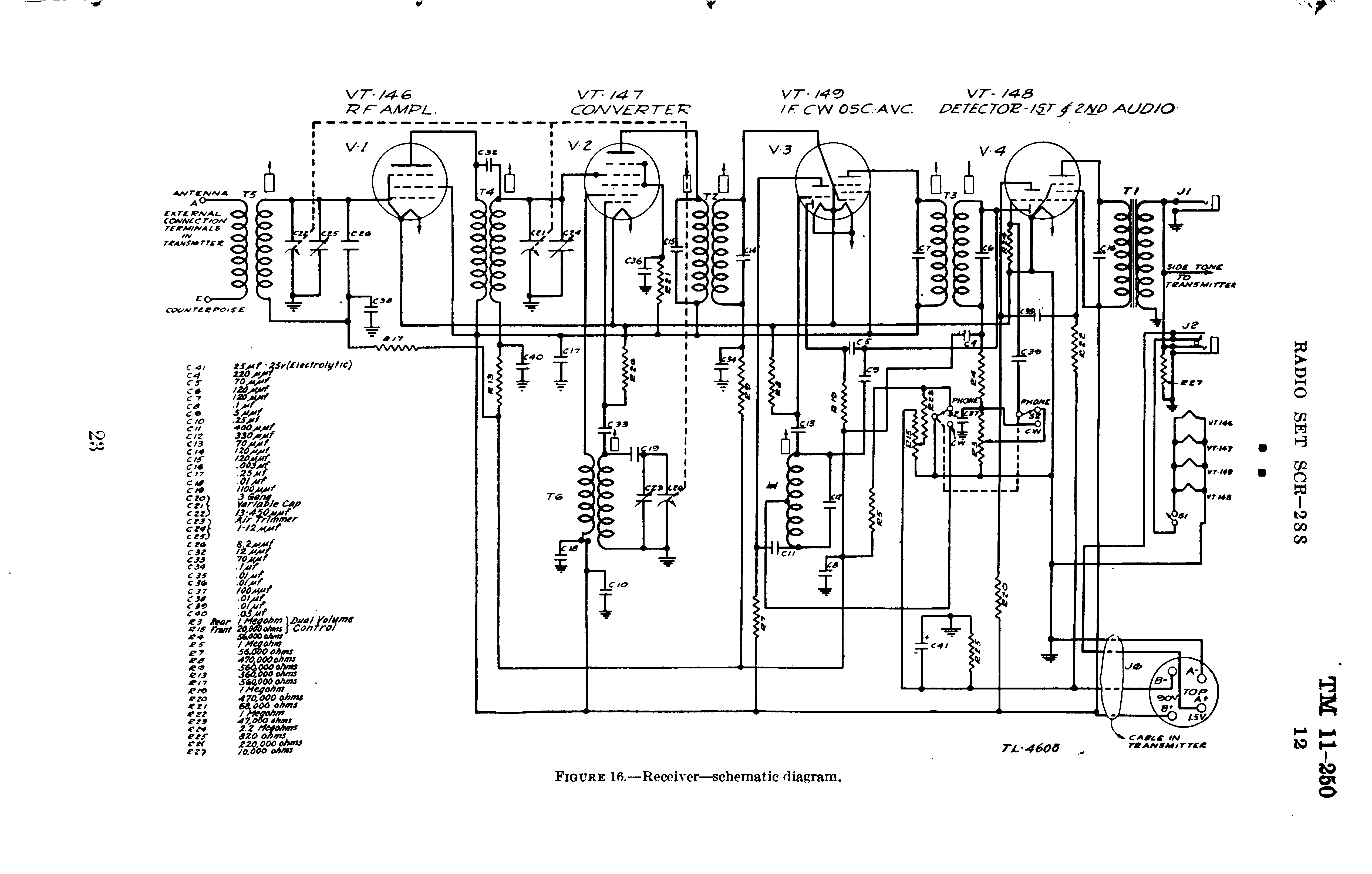 An effective superheterodyne receiver with RF stage and BFO using only 4 tubes. The triple-function 3A8GT (VT-149) and 1D8GT (VT-148) were introduced by RCA in 1939. 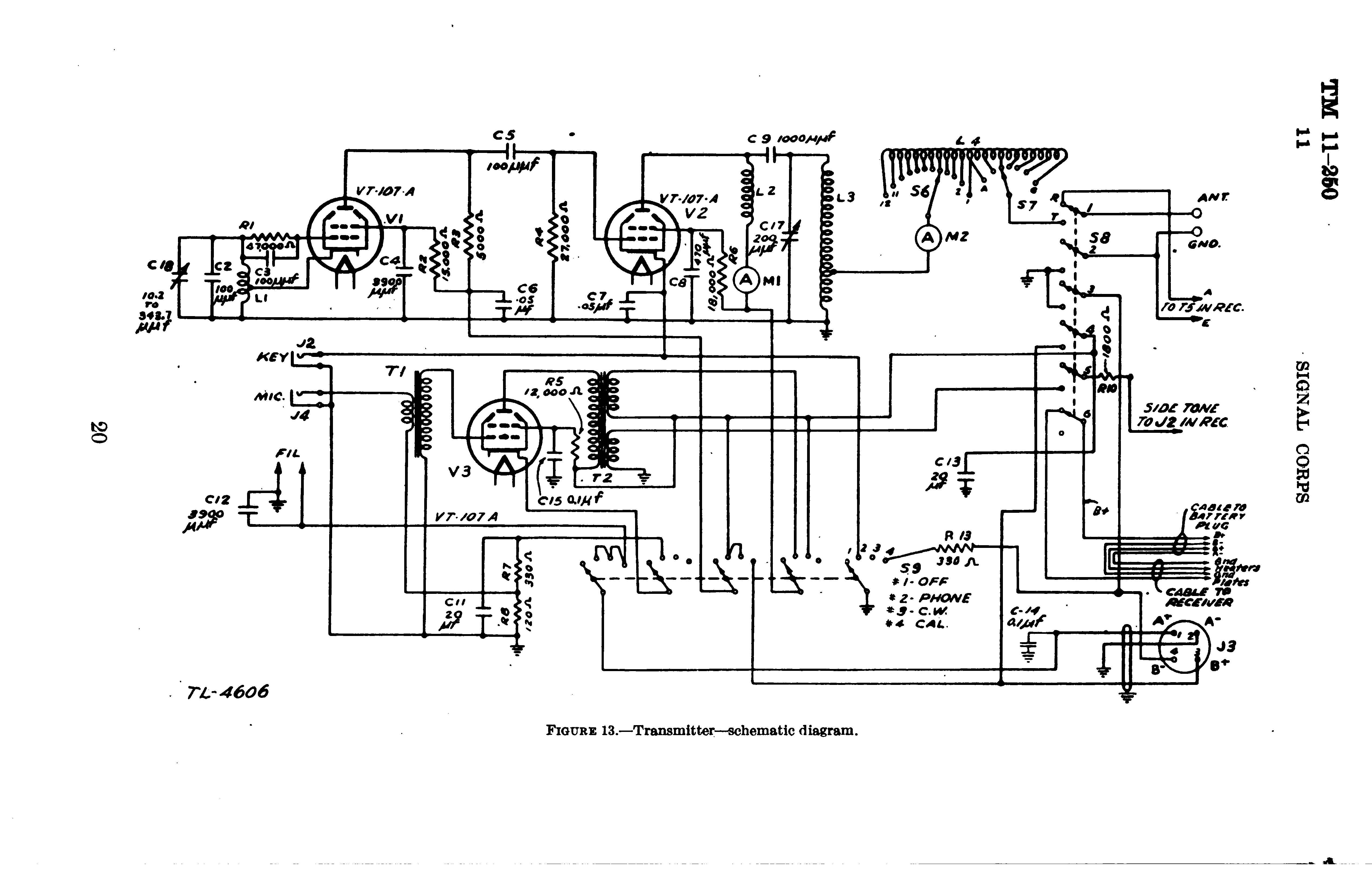 MOPA (Master-Oscillator-Power-Amplifier) transmatter is plate modulated for AM. Excellent TM-11-250 copy here: https://archive.org/details/TM11-250 |
||
| KEY DETAILS |
||
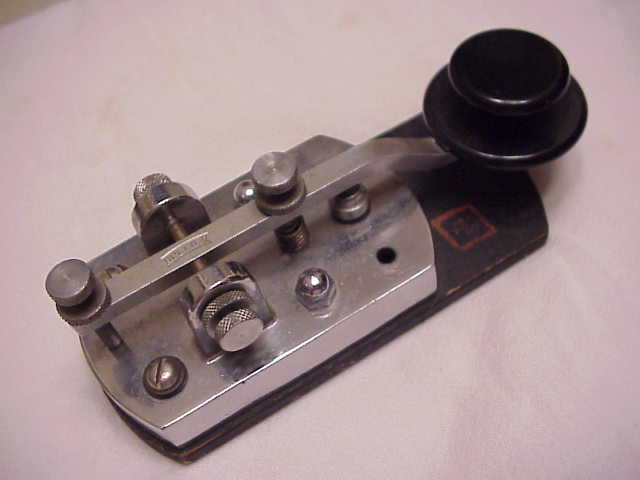 |
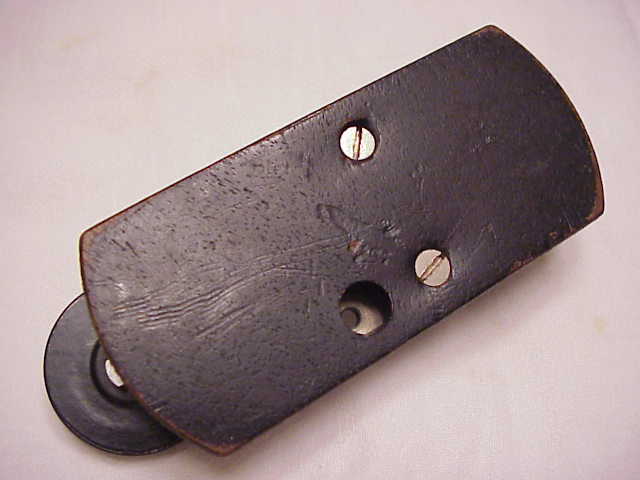 |
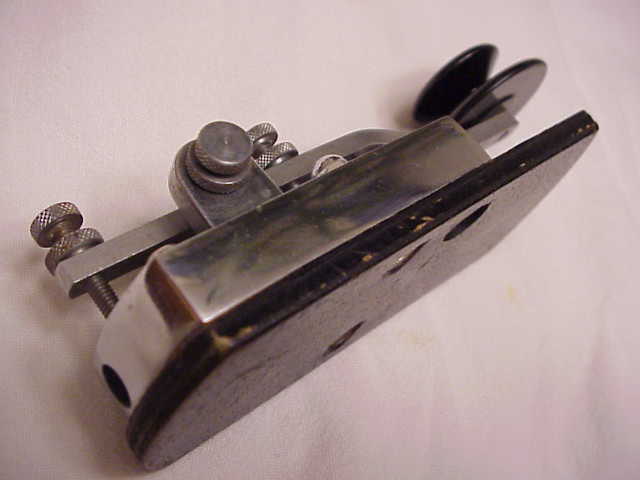 |
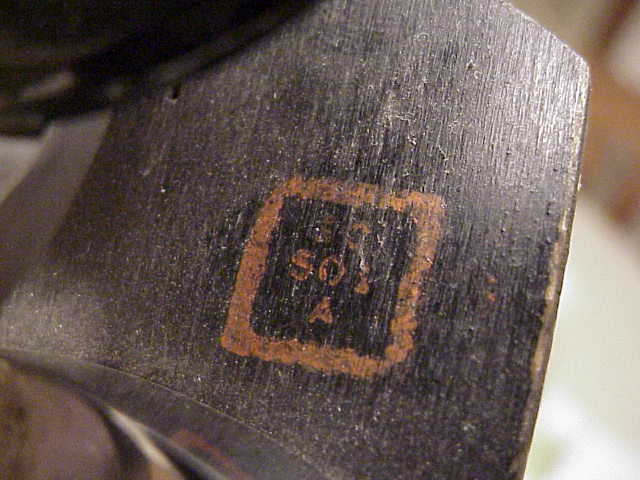 |
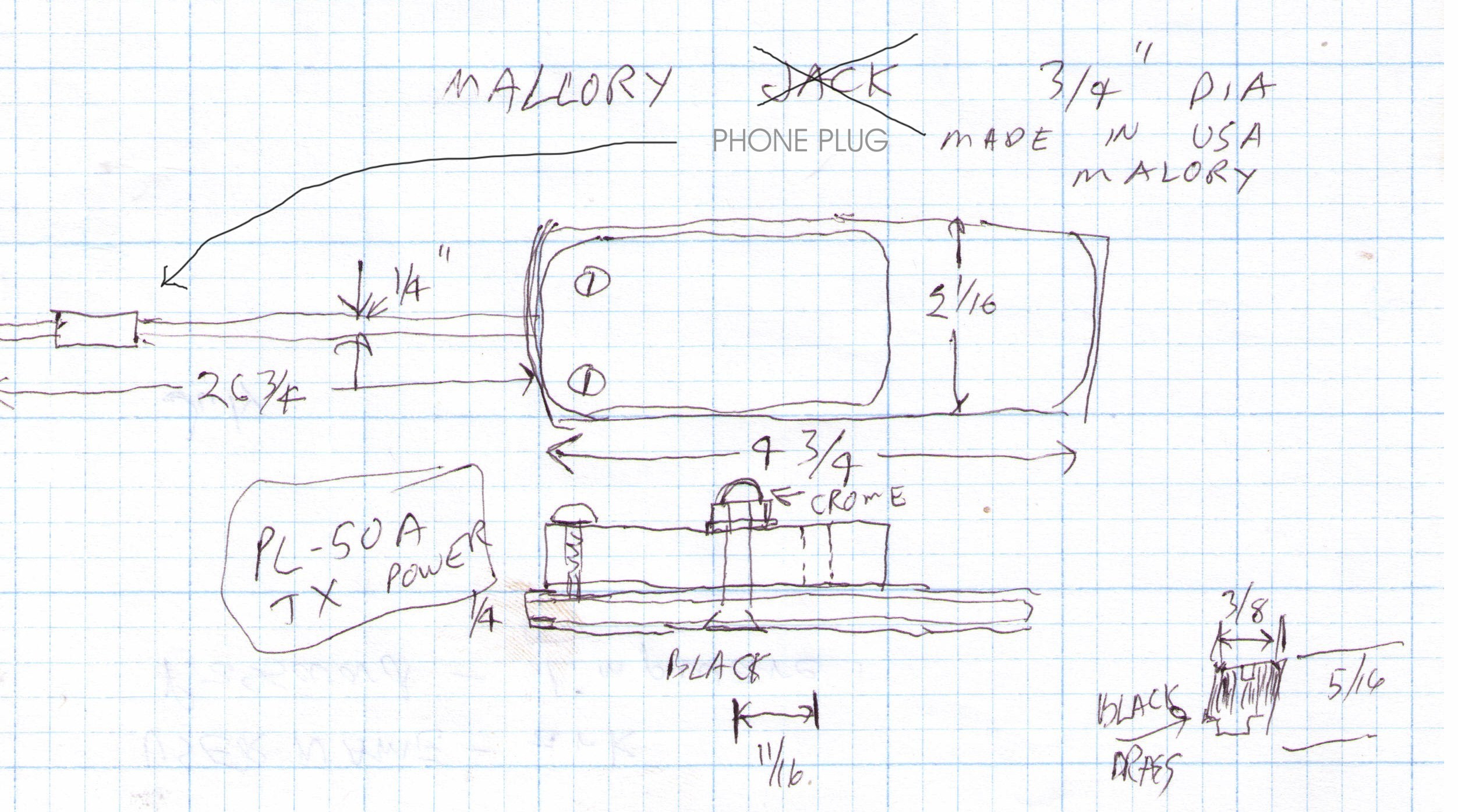 |
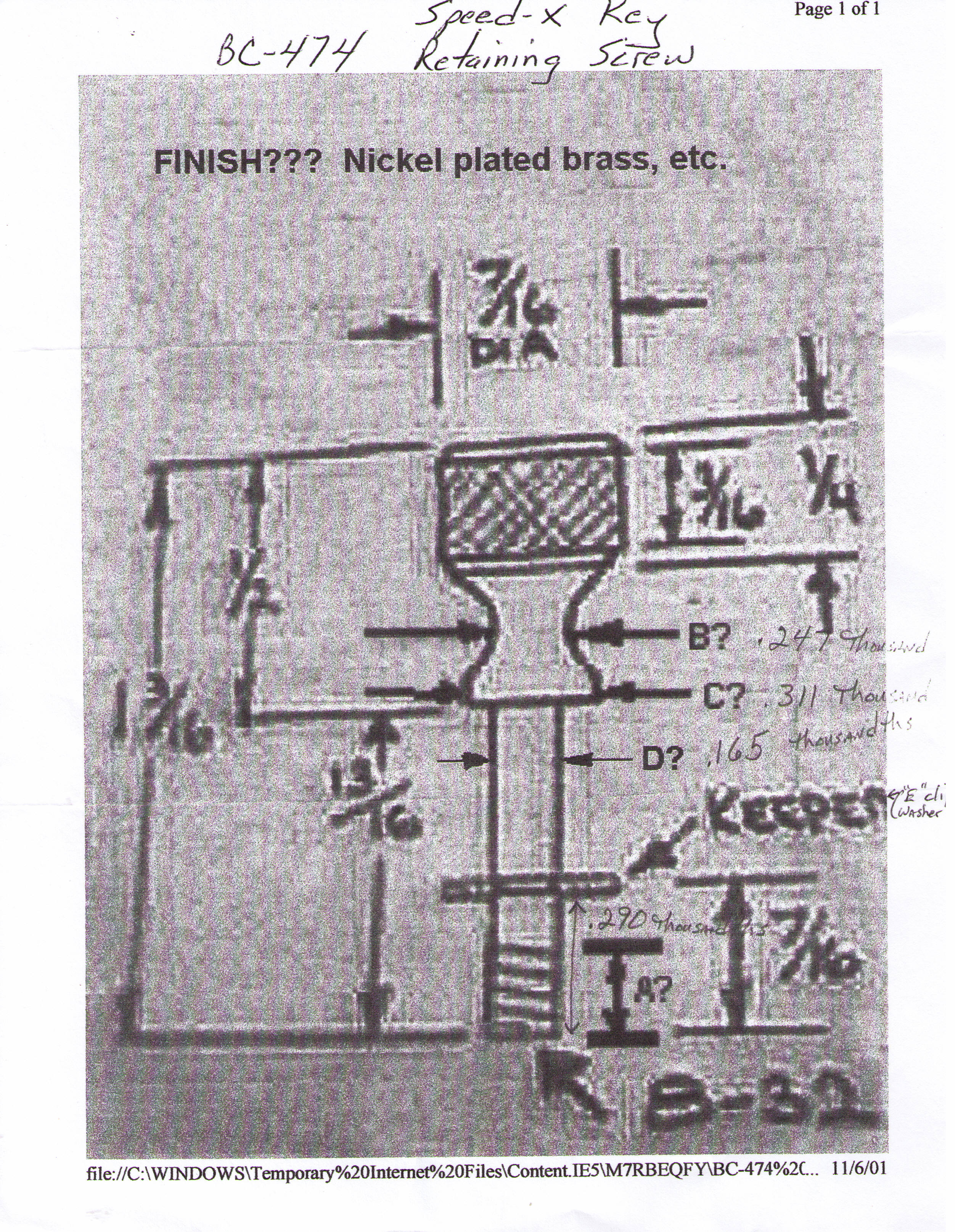 |
|
THE MICROPHONE
|
||
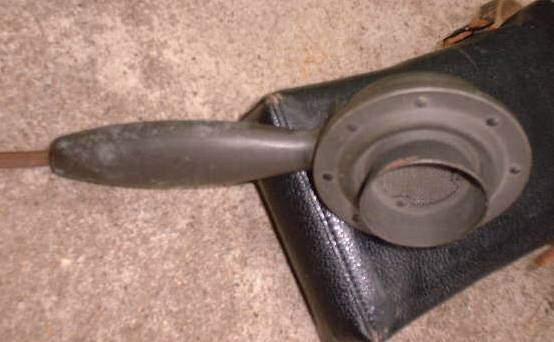 Similar microphones were
supplied with RCA home disk recorders in the 1930's, and they show up
in the abtique radio community, but the years have not been kind to
them.
|
This is a carbon microphone, but a small mic like the common T-17 does not have enough output to achieve full modulation. A larger mic, as found in telephones will do the job. My crude but effective solution is show here. |
|
|
HOMEBREW 12-VOLT POWER SUPPLY
|
||
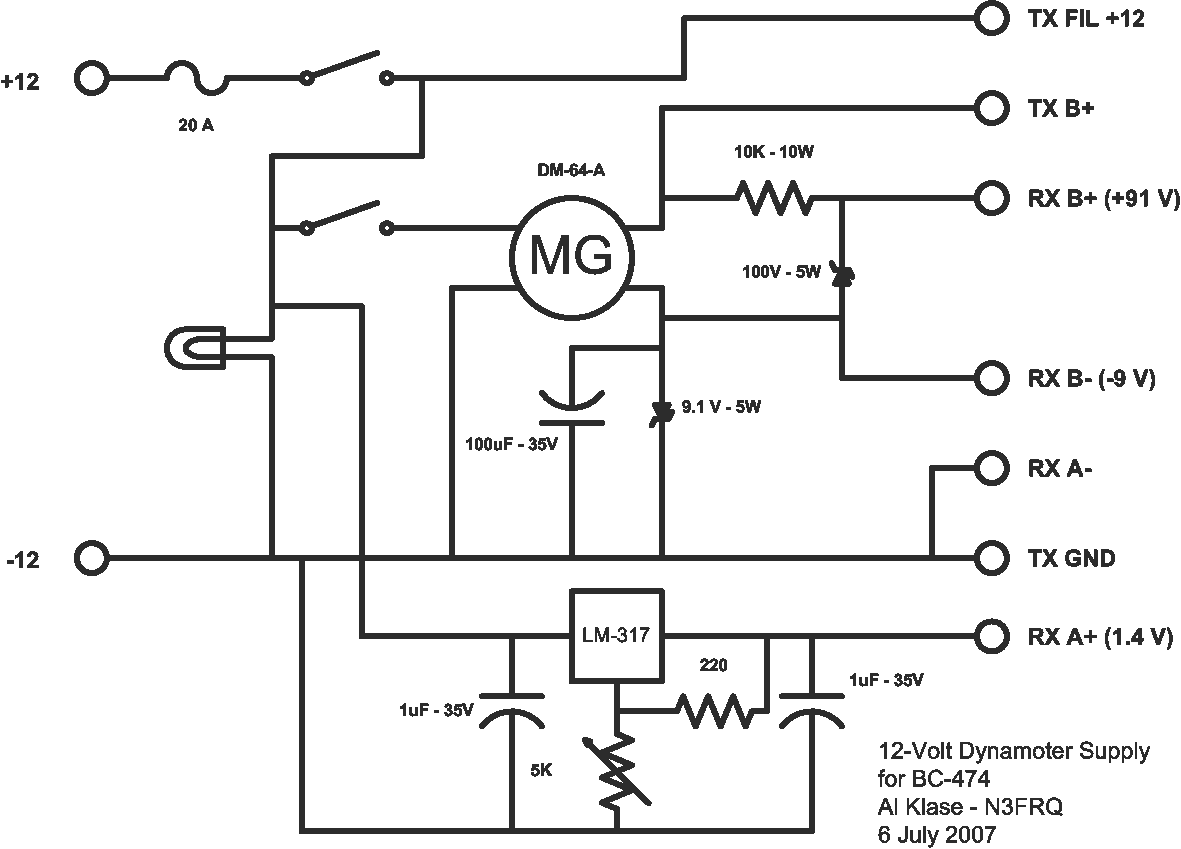 |
I've been using this supply, based on a 12-volt receiver dynomotor, for years. A
solid state regulator and Zener diodes provide the appropriate voltages
for the receiver, The 6V6 tubes in the transmitter are replace
with 12A6's or 12V6's to keep things simple. |
|
|
MORE PICTURES
|
||
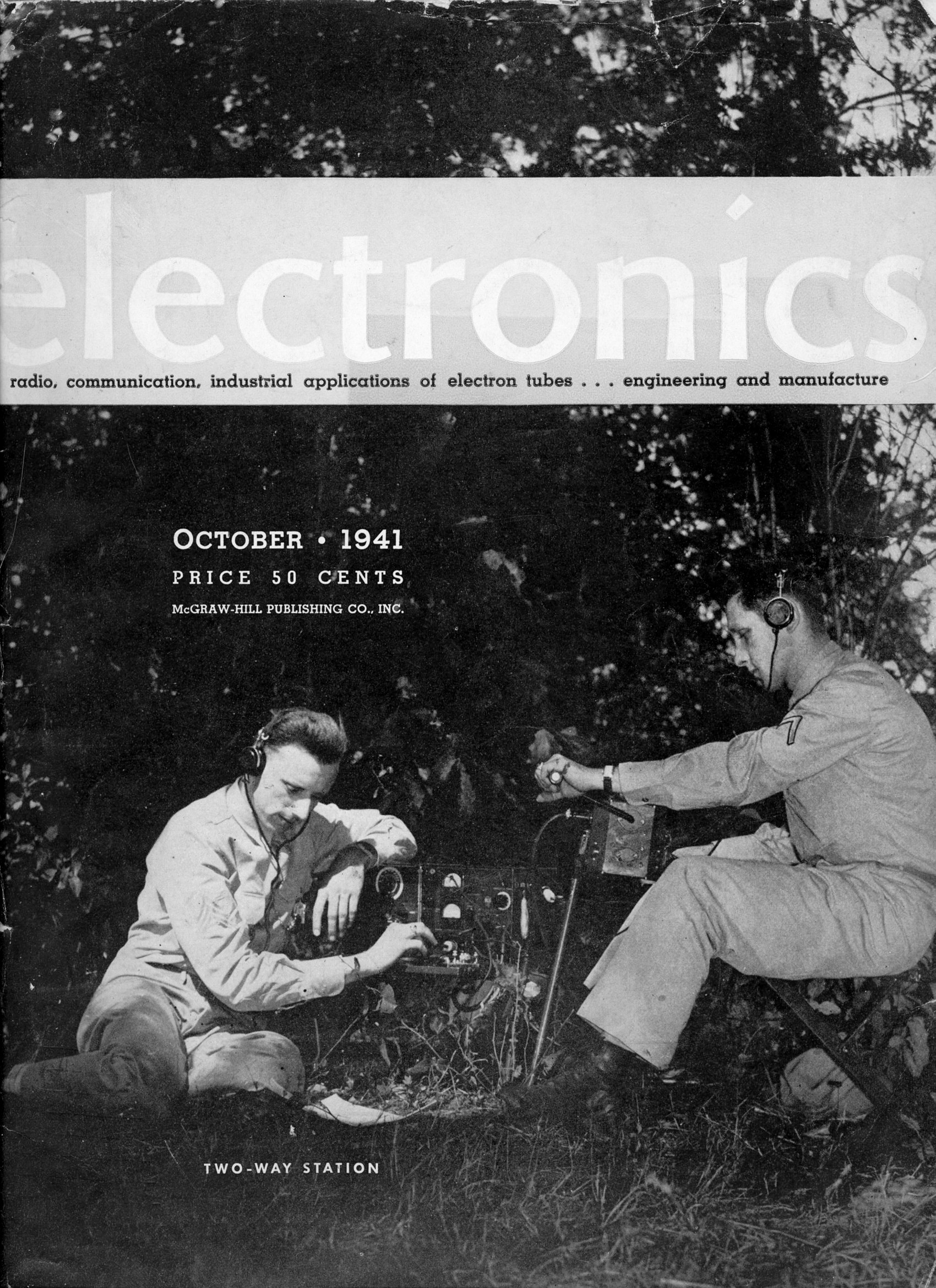 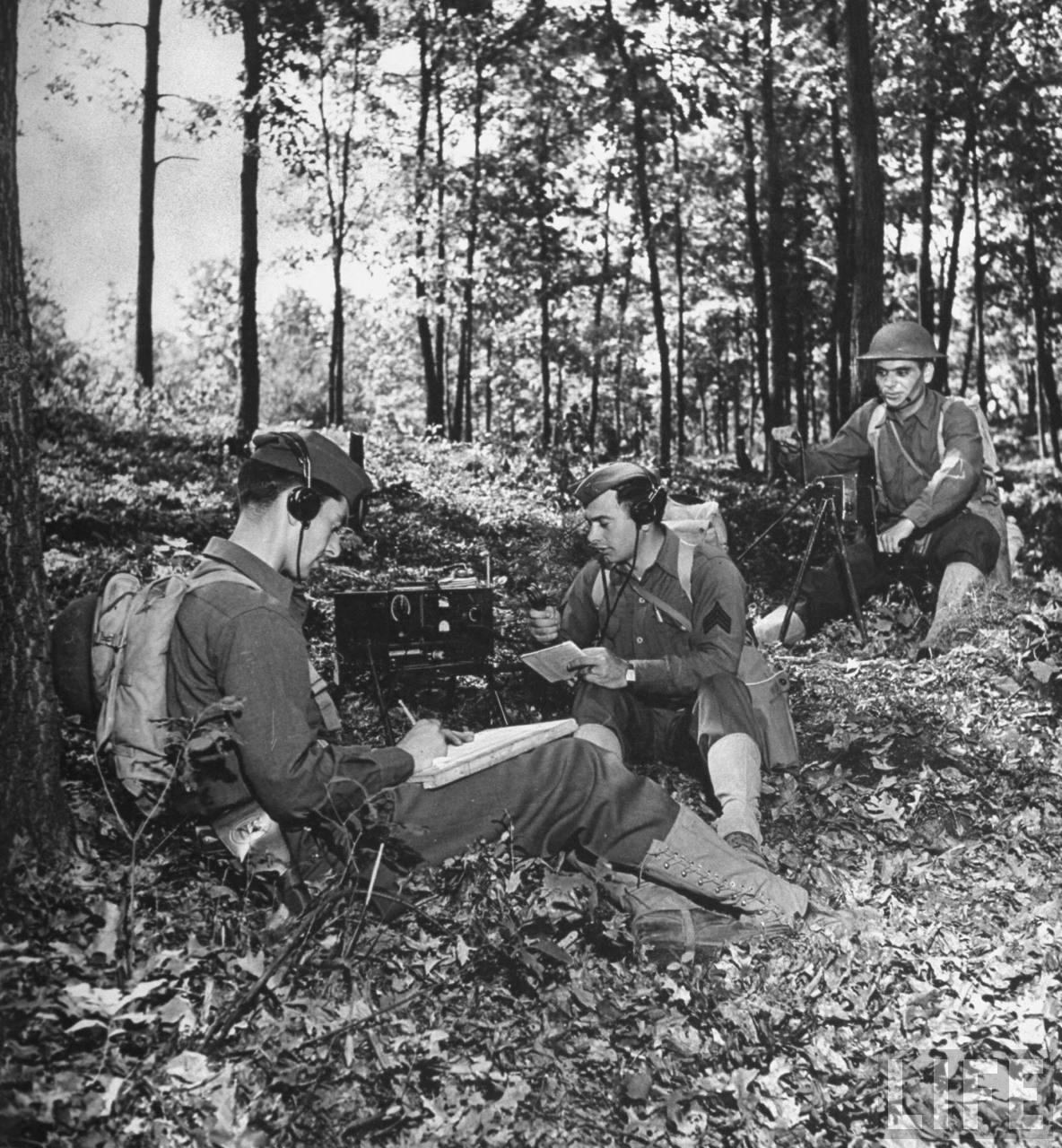 Training at Ft. Devons |
||
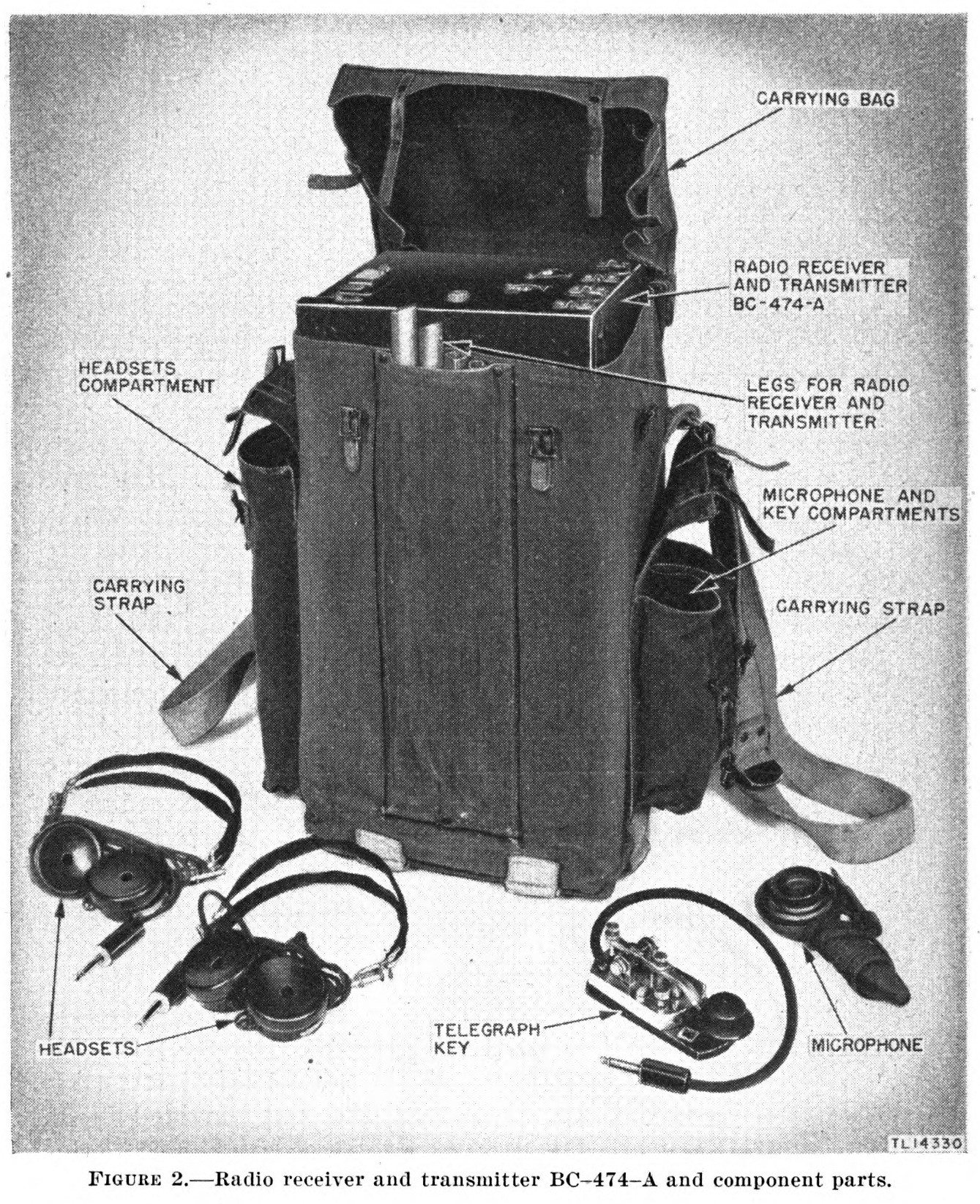 Weighs 39 pounds, a lot lighter than SCR-284. An easy two-man carry |
 Generator 22 pounds - Accessories Case 8 pounds |
|
| RETURN TO THE SKYWAVES HOME PAGE |
||